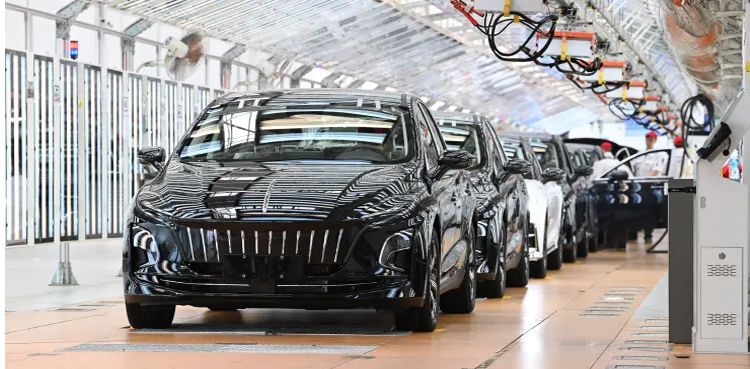According to the statement by China’s Ministry of Commerce and six other t ministries, citizens who scrap their old cars and acquire new ones would receive a larger subsidy of 20,000 yuan for new-energy vehicles (NEVs) and 15,000 yuan for gasoline vehicles. Before this, NEVs received subsidies of 10,000 yuan, while fuel-powered vehicles received 7,000 yuan.
The announcement read that local governments will be asked to provide comprehensive action plans, and the evaluation and funding allocation process for auto recycling and renewal will also be optimized.
To increase domestic consumption, China started the car trade-in and renewal process on April 24 of this year. As of June 25, the Ministry of Commerce had received approximately 113,000 applications for automobile trade-in and renewal subsidies, according to the ministry official. The amount of applications has been increasing at an accelerated rate.
According to data from the China Association of Automobile Manufacturers, sales of NEVs reached 991,000 units in July, up 27 percent annually, while NEV output stood at 984,000 units in July, up 22.3 percent year over year.
According to statistics provided by the China Passenger Car Association on August 8, 2024, the domestic monthly retail penetration rate of NEVs reached 51.1 percent in July, indicating that most consumers in China choose NEVs when buying passenger cars.







